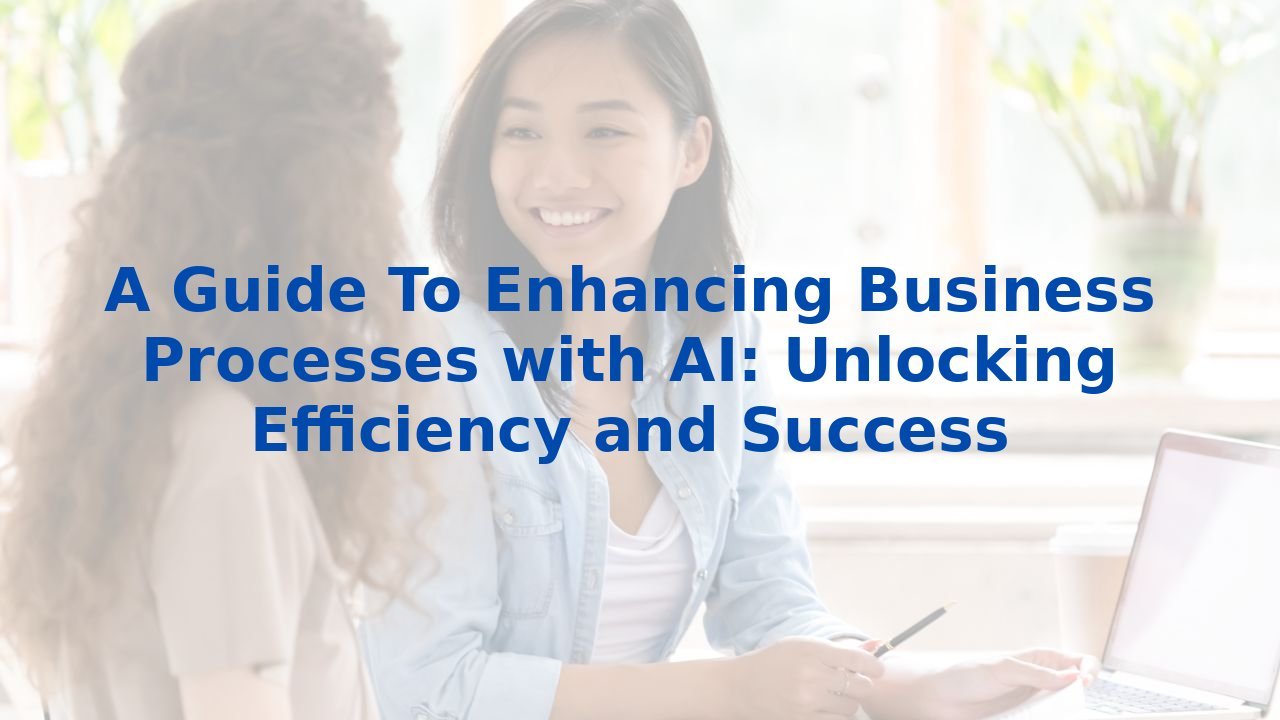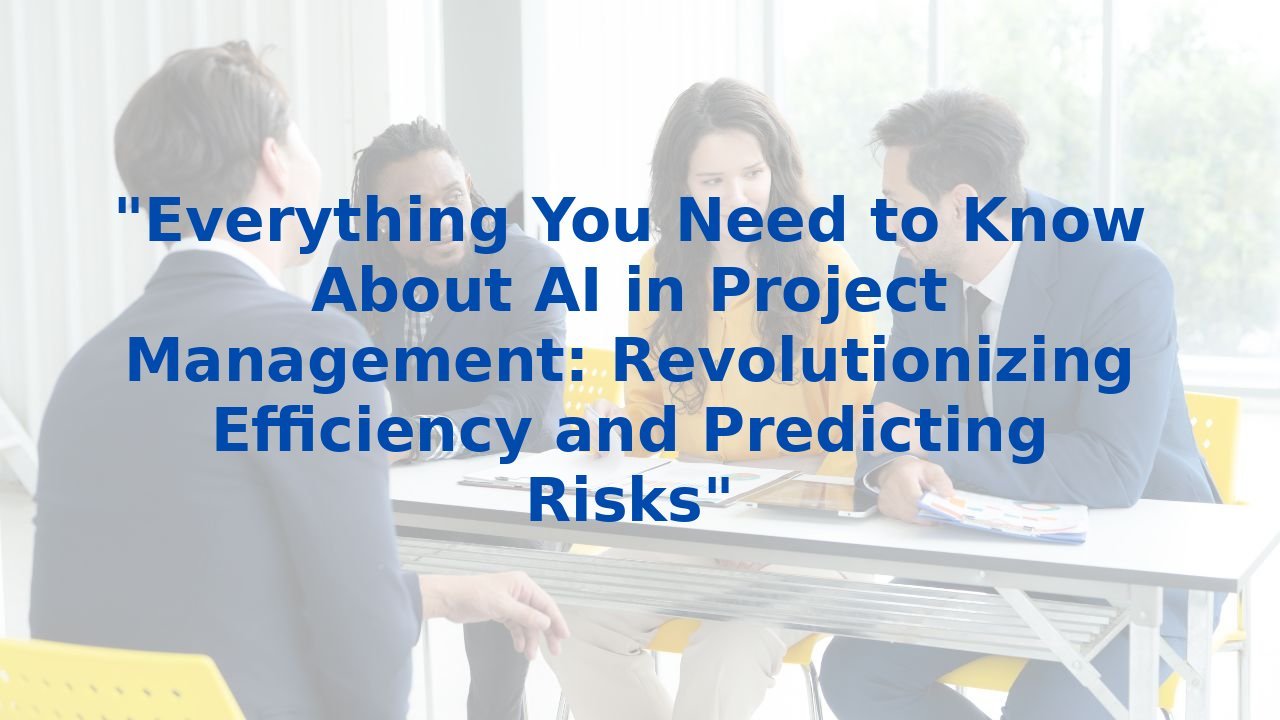A Guide To Enhancing Business Processes with AI: Unlocking Efficiency and Success
A Guide To Enhancing Business Processes with AI: Unlocking Efficiency and Success
In a world where the pace of change continually accelerates, staying ahead of the curve is not just an advantage—it's a necessity. Businesses find themselves at a crossroads, where manual processes can no longer sustain their growth. This is where Artificial Intelligence (AI) comes into play, offering a transformative potential to enhance business processes, unlock efficiency, and pave the way to future success.
1. Process Discovery and Mapping
Understanding your business processes is the first step towards optimization. Traditional methods of process mapping often involve laborious manual assessments, with their inherent limitations. AI redefines this landscape through process mining techniques that analyze vast amounts of operational data in no time.
AI’s ability to discover hidden inefficiencies and visualize process flows can lead to more accurate and dynamic representations of what truly happens within an organization. By automating the mapping process, adaptability is at your fingertips, ensuring your documentation is not just a representation of the past, but a reflection of real-time operations.
2. Process Automation
The shift towards automation is perhaps one of the most significant advancements provided by AI. Mundane, repetitive tasks—like data entry and document processing—can be automated, liberating valuable resources. Automated processing, such as intelligent document processing (IDP), not only speeds up these processes but also drastically reduces human errors.
Imagine a world where your teams can devote their energies to strategic initiatives rather than getting bogged down by administrative responsibilities. This is not just a dream; it’s achievable through intelligent automation driven by AI.
3. Decision-Making and Predictive Analytics
AI elevates decision-making with its robust capabilities for predictive analytics. By delving deep into historical data, AI algorithms can spot trends that aren't immediately obvious to the human eye. This insight can empower leaders to make informed decisions and foresee outcomes, fundamentally changing how organizations navigate challenges.
Picture the ability to predict not just customer behavior, but the operational dynamics of your entire business model. This foresight enables a proactive rather than reactive approach, allowing teams to implement strategies that enhance productivity and effectiveness.
4. Continuous Improvement
Embedding a culture of continuous improvement is crucial for any organization aiming for sustained success. AI plays a vital role in forming feedback loops, monitoring processes in real-time, and providing actionable insights. With an AI-backed system, businesses can swiftly identify inefficiencies before they become critical bottlenecks.
Such proactive measures not only improve current operations but also forge a pathway for future innovations, ensuring that organizations do not merely keep pace with industry standards but set them.
5. Enhancing User Experience
The introduction of AI-centric business process management (BPM) software has dramatically improved user experiences, offering intuitive interfaces that are accessible even to those without extensive technical know-how. AI not only simplifies data integration but also refines the overall BPM cycle, helping users achieve efficiency with far less friction.
The Importance of Employee Training
While the transformative potential of AI is clear, the journey should not overlook the critical aspect of employee training. For organizations to truly harness AI's power, investing in training programs is essential.
Creating a well-rounded training environment is key. Employees need to develop an understanding of AI capabilities—knowing what it can accomplish and what it cannot is fundamental for effective integration into workflows. The importance of interpreting data-driven insights cannot be overstated. As AI elevates the quality and depth of information available, the workforce must be equipped to derive actionable insights.
When your team understands how to respond to AI-driven recommendations, the path to optimization becomes clearer and more dynamic. Continuous adaptation fosters resilience, allowing your organization to pivot swiftly as market needs evolve.
By investing in your workforce, you empower them not just to coexist with AI but to thrive alongside it—creating a culture of innovation and efficiency.
Conclusion
AI is not just a technological trend; it’s a powerful ally in the quest for enhanced efficiency in business processes. By leveraging AI's capabilities— from process discovery to automation, decision-making, and continuous improvement—organizations can unlock unprecedented levels of efficiency and success.
However, to experience the full spectrum of benefits offered by AI, organizations must also focus on training their employees. This dual-pronged approach ensures that businesses not only thrive in the face of change but also continue to lead and innovate in their respective industries.
Embrace the future, invest in AI, and witness the transformation of your business processes into a model of efficiency and success.



